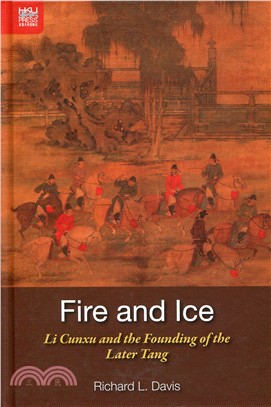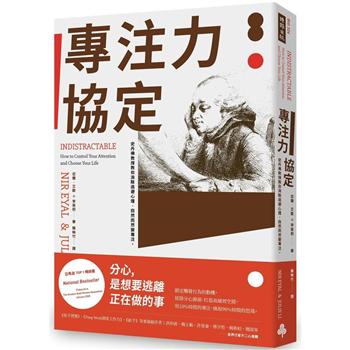| FindBook |
有 3 項符合
Fire and Ice:Li Cunxu and the Founding of the Later Tang的圖書 |
 |
Fire and Ice:Li Cunxu and the Founding of the Later Tang 作者:Richard L. Davis 出版社:香港大學出版社 出版日期:2016-09-16 規格: / 精裝 / 256頁 |
| 圖書選購 |
| 型式 | 價格 | 供應商 | 所屬目錄 | $ 1605 |
社會人文 |
$ 1889 |
中文書 |
$ 1890 |
中國歷史 |
|---|
| 圖書館借閱 |
| 國家圖書館 | 全國圖書書目資訊網 | 國立公共資訊圖書館 | 電子書服務平台 | MetaCat 跨館整合查詢 |
| 臺北市立圖書館 | 新北市立圖書館 | 基隆市公共圖書館 | 桃園市立圖書館 | 新竹縣公共圖書館 |
| 苗栗縣立圖書館 | 臺中市立圖書館 | 彰化縣公共圖書館 | 南投縣文化局 | 雲林縣公共圖書館 |
| 嘉義縣圖書館 | 臺南市立圖書館 | 高雄市立圖書館 | 屏東縣公共圖書館 | 宜蘭縣公共圖書館 |
| 花蓮縣文化局 | 臺東縣文化處 |
|
|
The Later Tang was the first of several ephemeral states created by the Shatuo Turks in tenth-century China and Li Cunxu, a martial genius, was its founder. In fifteen years, he turned a small satrapy on China’s periphery into a powerhouse capable of unifying the north and much of the southwest. He governed on the principle of racial inclusion and refused to set the ruling minority above the Chinese majority through special privileges. As someone highly literate and artistically gifted, Li Cunxu seemed uniquely capable of bridging rifts within his culturally diverse ruling elite. Unfortunately, he shared the sort of self-absorbed narcissism typical of dynastic founders, which contributed to his denouement merely three years into the reign.
The Later Tang dynasty presided over the epic changes that occasioned the Five Dynasties, when China evolved from a moribund medieval state dominated by hereditary elites to one organized around individual merit, an essential element of the nation-state. Critical to the evolution of governance in the tenth century was the rule of military magnates without vested interest in the old order.
- 作者: Richard L. Davis
- 出版社: 香港大學出版社 出版日期:2016-09-16 ISBN/ISSN:9789888208975
- 語言:繁體中文 裝訂方式:平裝 頁數:256頁
- 類別: 中文書> 歷史地理> 中國歷史
|











